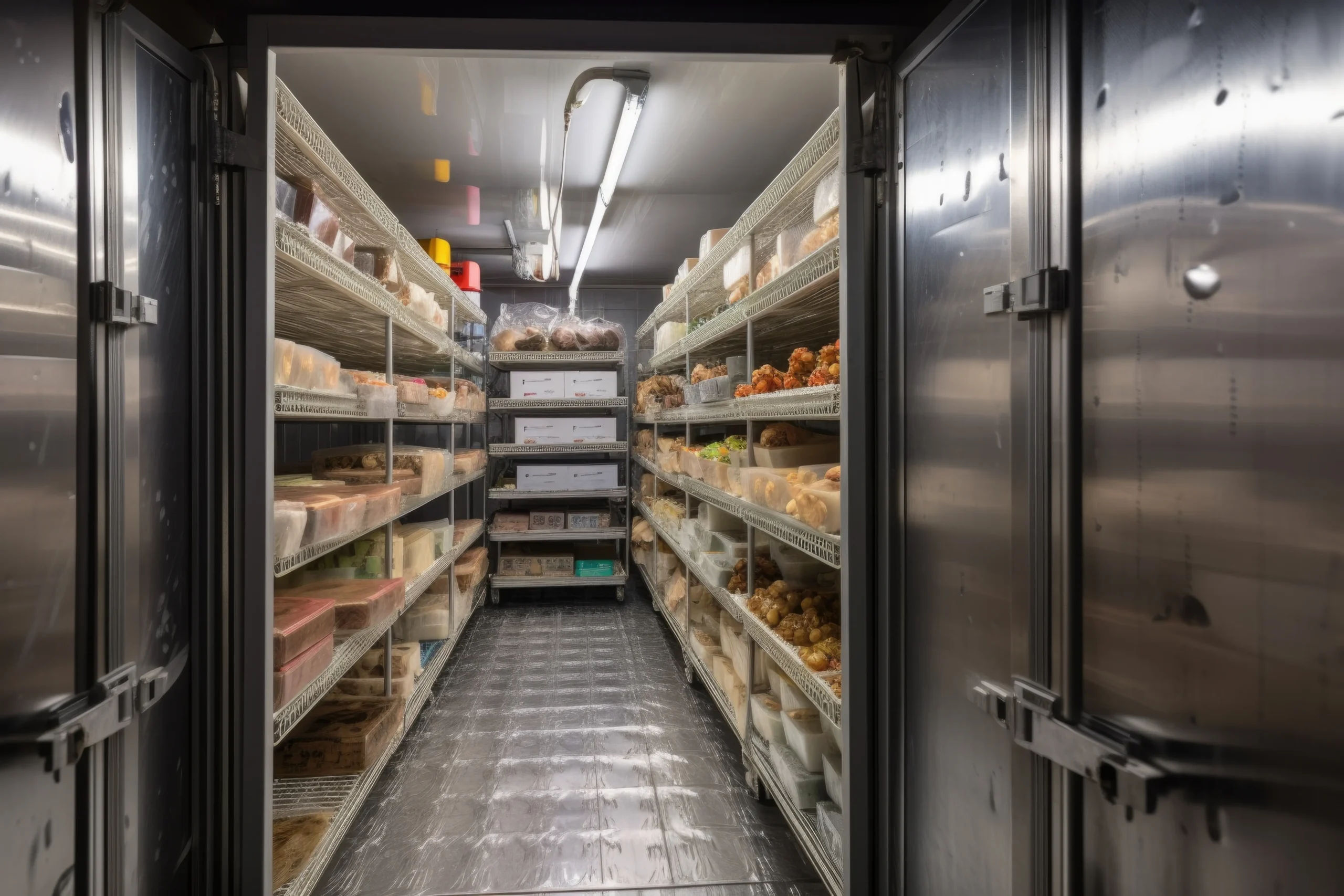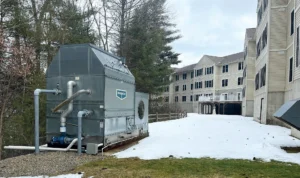For businesses that rely on walk-in freezers or coolers, such as restaurants, grocery stores, and pharmaceutical companies, maintaining optimal performance is not just about preserving perishables—it’s crucial for operational efficiency, safety, and profitability. This guide to walk-in freezer maintenance and repair will help ensure the longevity and reliability of your cooling equipment.
Your Walk-In Freezer or Cooler
Before diving into maintenance and repair tips, it’s essential to understand the basic components of your walk-in freezer. These typically include the evaporator and condensing unit, insulation panels, door seals, and temperature controls. Familiarity with these components can help you identify potential issues early.
Regular Maintenance Tips
Daily Checks:
- Visual Inspections: Look for ice buildup, which can indicate failing door seals or improper operation.
- Door Seals and Latches: Ensure they are intact and sealing properly to prevent air leakage.
- Temperature Monitoring: Check that the temperature is within the desired range to ensure food safety and quality.
Weekly Tasks:
- Clean Evaporator and Condensing Coils: Dust and debris can insulate coils, reducing efficiency.
- Drain Lines: Check for clogs to prevent water backup and potential damage.
Monthly Focus:
- Fan Blades and Motors: Clean and inspect for wear. Poor airflow can significantly impact temperature regulation.
- Check Electrical Connections: Look for signs of wear or corrosion. Loose connections can lead to component failure.
Service Frequencies
Regular professional servicing is crucial for complex systems like walk-in freezers. LC Anderson recommends a service schedule as follows:
- Bi-Annual Professional Inspections: Comprehensive checks by a professional can catch issues that regular maintenance might miss. This includes checking refrigerant levels, inspecting mechanical components for wear, and verifying control system functionality.
- Annual Deep Clean: Beyond surface cleaning, a deep clean involves checking all nooks and crannies for mold, mildew, and debris that can affect air quality and freezer performance.
Parts to Watch and Replace
- Door Seals and Hinges: These components endure a lot of wear and tear and should be replaced at the first sign of degradation to maintain energy efficiency and proper sealing.
- Evaporator and Condenser Coils: Any damage or significant wear can reduce efficiency and increase energy costs. Replacing these as needed can prevent more costly repairs down the line.
- Motors and Fans: Essential for air circulation, these should be replaced if they show signs of failure or inefficiency.
Signs of Walk-In Freezer Trouble
Be vigilant for these signs that your walk-in freezer/cooler may need professional attention:
- Temperature Fluctuations: If the freezer struggles to maintain a constant temperature, it could indicate a failing component.
- Strange Noises: Unusual sounds like banging, hissing, or buzzing can signify mechanical issues.
- Ice Buildup in Unusual Places: This can indicate a leak or insulation failure.
- Increased Energy Bills: A sudden spike in energy usage can suggest the freezer is working harder than it should to maintain temperature.
Proper maintenance and timely repairs are key to extending the life of your walk-in freezer and ensuring it operates efficiently. Use these tips to help you avoid the inconvenience and cost of unexpected breakdowns.
LC Anderson provides comprehensive HVACR services throughout the Boston area and eastern Massachusetts. Learn more about LC Anderson. For questions or to request service on your walk-in freezer, refrigeration, or HVAC, contact us here or call us at 617-779-9500.



